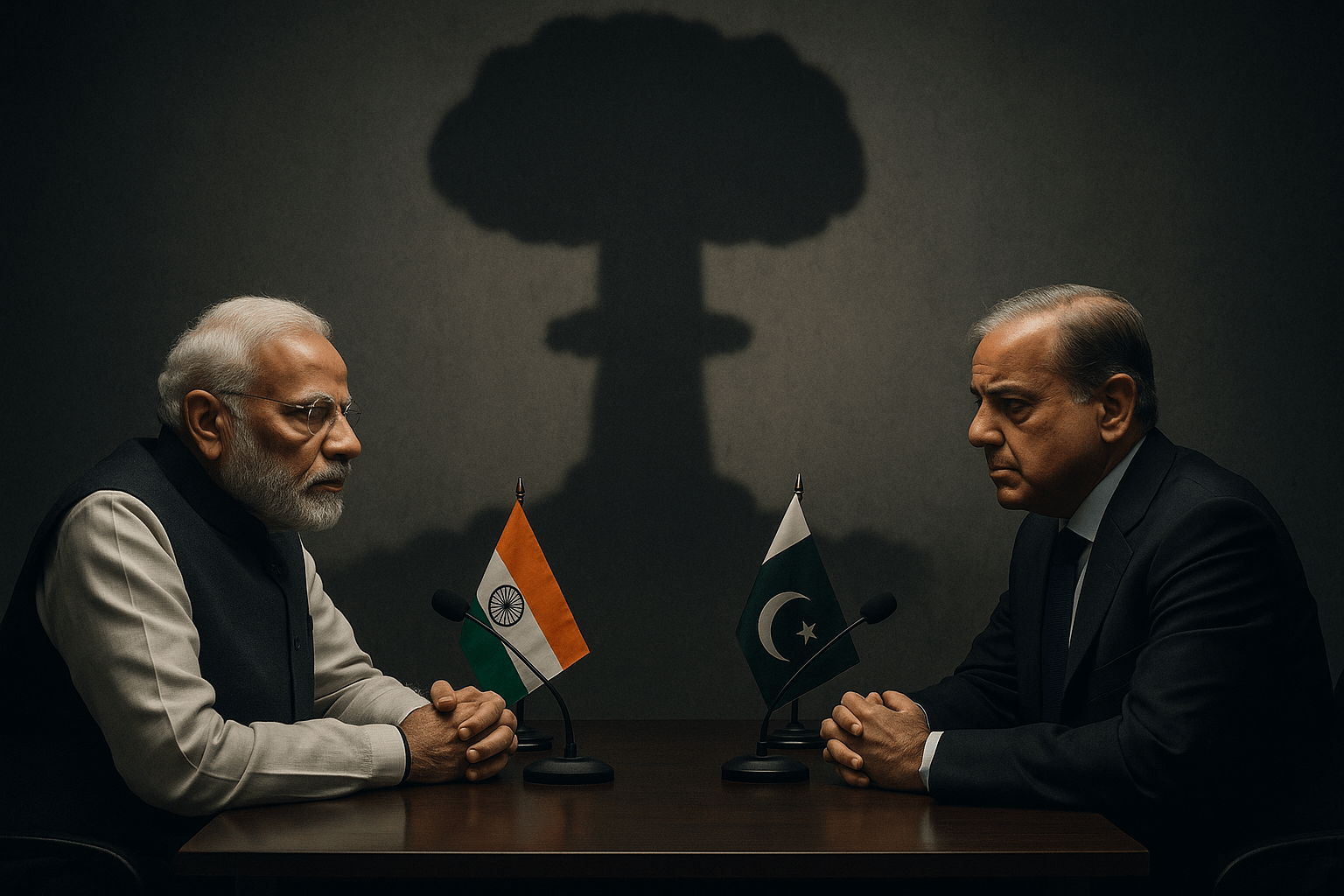
New Delhi, May 11, 2025 – Tensions along the India-Pakistan border have long defined the volatile relationship between the two South Asian neighbors. However, recent revelations from Indian diplomatic sources have shed light on the critical reasoning behind the latest ceasefire agreement, underscoring the looming specter of nuclear conflict as a decisive factor.
According to high-level officials, India’s decision to pursue a ceasefire was driven by the stark reality of Pakistan’s nuclear capabilities. “Pakistan could have deployed nuclear weapons at any moment,” a senior Indian defense strategist revealed, speaking on condition of anonymity. “Their arsenal, combined with their unpredictable stance, forced us to prioritize de-escalation to prevent catastrophic consequences.”
Pakistan’s nuclear program has been a point of global concern since its first successful test in 1998, conducted in the Chagai Hills near the Afghan border. The proximity of these tests to a war-torn region underscored Pakistan’s willingness to flex its military might, even in precarious circumstances. With an estimated 160-170 warheads in its arsenal as of 2025, Pakistan remains a formidable player despite its economic struggles.
“Pakistan has little to lose,” the official continued, pointing to the nation’s chronic economic challenges, including a reliance on international aid and a GDP per capita of just $1,500. “Their desperation could make them reckless, and we couldn’t risk a scenario where millions of innocent lives—on both sides—were lost.”
The ceasefire, formalized in early 2025, has brought a fragile calm to the Line of Control (LoC) in Jammu and Kashmir, a region that has witnessed intermittent skirmishes for decades. While both nations have publicly committed to dialogue, the underlying nuclear threat remains a sobering reminder of the stakes involved.
Experts argue that Pakistan’s economic fragility amplifies the risks. “A nation facing inflation rates above 20% and dwindling foreign reserves might see military escalation as a way to rally domestic support,” said Dr. Ayesha Khan, a South Asia security analyst at the Institute for Strategic Studies in Islamabad. “But the nuclear dimension changes everything. It’s a gamble neither side can afford.”
India, with its rapidly growing economy and a nuclear arsenal of approximately 150 warheads, has consistently advocated for restraint. Prime Minister Narendra Modi, in a recent address, emphasized the need for peace to ensure regional stability. “We chose humanity over hostility,” Modi stated, alluding to the ceasefire. “Our focus is on progress, not destruction.”
The international community has welcomed the truce, with the United Nations urging both nations to pursue sustained diplomatic engagement. However, analysts caution that the ceasefire is merely a pause, not a resolution. “The nuclear shadow looms large,” said Dr. Khan. “Without addressing the root causes—Kashmir, cross-border terrorism, and mutual distrust—this is just a temporary reprieve.”
For now, the ceasefire holds, averting a potential disaster that could have reshaped the subcontinent. As India and Pakistan navigate this uneasy peace, the world watches closely, aware that the cost of failure could be unimaginable.
Disclaimer: This article is based on hypothetical scenarios and expert analysis, reflecting current geopolitical dynamics as of May 11, 2025.






